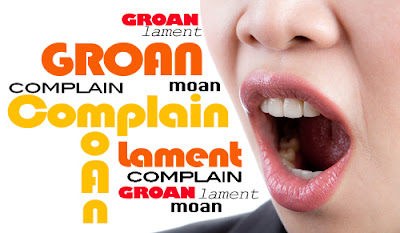How does storytelling (new school) differ from arguing (old school)?
Let's look back—to 350 BC.
In Poetics, Aristotle taught that stories have three acts:
1. An inciting moment
2. A climactic struggle, and
3. A resolution.
In Rhetoric, he taught that arguments have two:
1. The statement
2. The proof.
Three acts versus two. That's the difference.
While marketers crow on and on about storytelling, most default to arguing. Benefit-laden bullets are safer than heroes in a bind.
While marketers crow on and on about storytelling, most default to arguing. Benefit-laden bullets are safer than heroes in a bind.
"Eighty to 90 percent of all commercials are not story-based; they are premise-based," says brand consultant Richard Krevolin in The Hook. "There is a much greater comfort level wth TV spots that convey specific product benefits to the consumer and do not tell stories."
Krevolin cites Tabasco's TV spot "Mosquito" as a case in point. It dramatizes the statement Tabasco wants you to remember: its sauce is hot.
But "Mosquito" isn't storytelling. All we see is a guy who relishes eating a meal doused with hot, hot, hot sauce. Cute, but not buzz-worthy.
"If we rewrote the spot so that at the beginning we see that he is plagued by mosquitos biting him and terrorizing him all day and night, we would feel for him and understand his dilemma," Krevolin says. "Then, when he fails to defeat the mosquitos with conventional means and decides to use Tobasco sauce instead, we would cheer for him when he achieves victory."
Storytelling always takes three acts.








